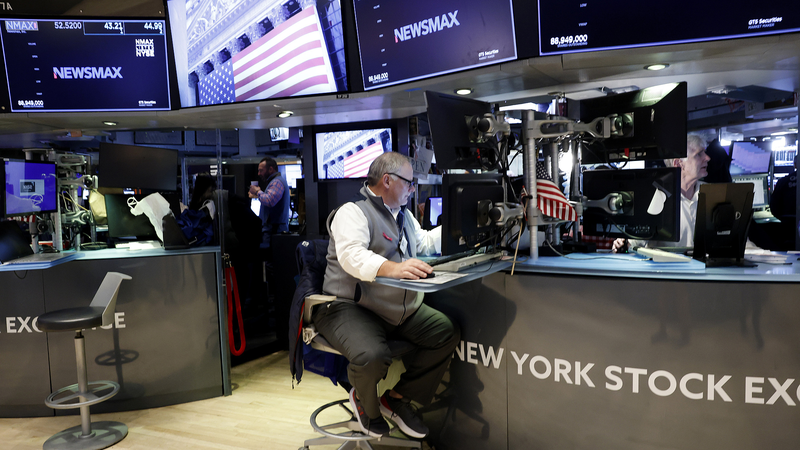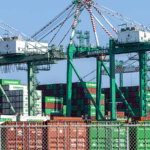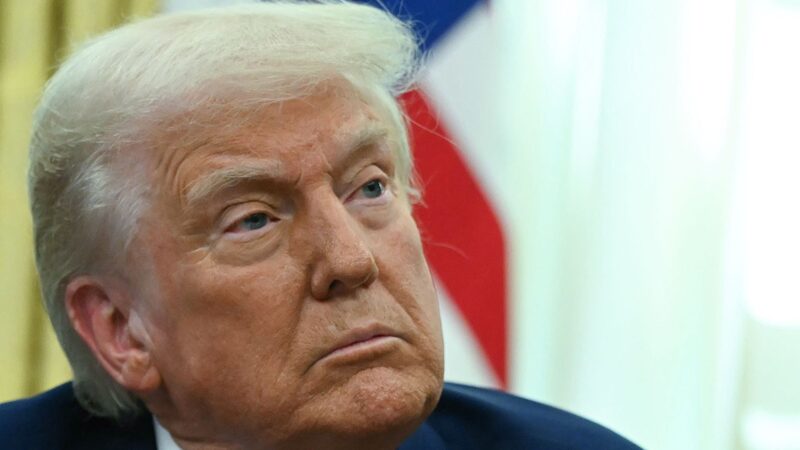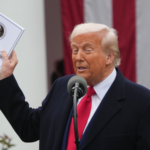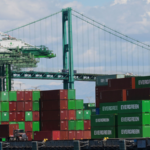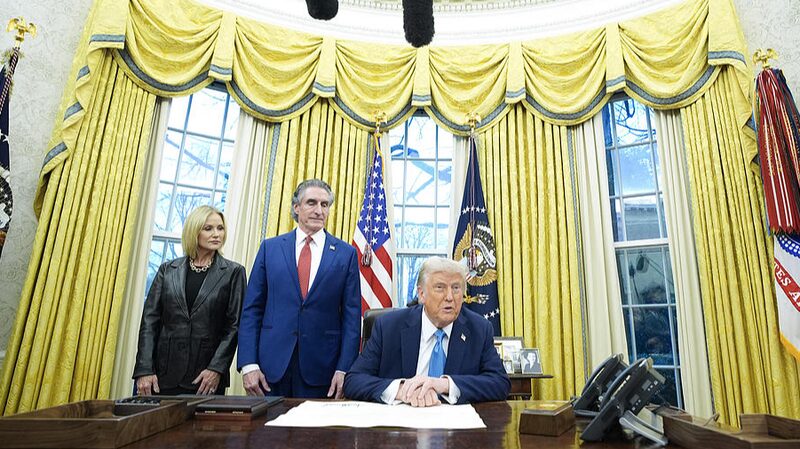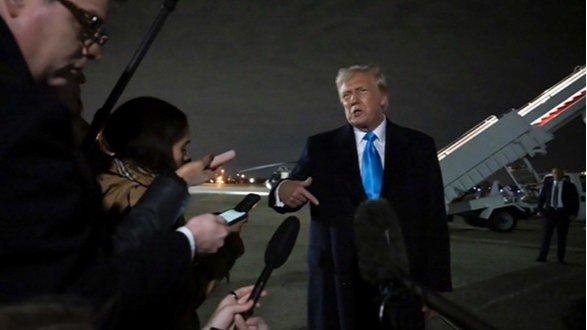The U.S. has triggered fresh global trade tensions with its latest slate of reciprocal tariffs, signaling a sharp pivot toward protectionism under President Donald Trump's tenure. Announced on April 2, the policy imposes a 10% baseline tariff on all imports, with elevated rates targeting China (34%), the European Union (20%), and Japan (24%), alongside a 25% levy on foreign automobiles and auto parts. While framed as a strategy to address trade imbalances, analysts warn the measures risk cascading economic disruptions worldwide.
Economies are bracing for immediate fallout. U.S. agricultural exports, including soybeans and corn, face heightened barriers as trading partners prepare retaliatory tariffs. Manufacturers contend with pricier steel, aluminum, and automotive components, compounding existing supply chain strains. Technology firms reliant on global networks may see production costs surge, with inflationary pressures rippling across interconnected markets.
Retaliation appears imminent. The European Union has signaled plans to target iconic U.S. exports like bourbon and motorcycles—a reprisal strategy previously deployed during 2018 steel and aluminum disputes. Past escalations saw U.S. companies like Harley-Davidson shifting production overseas to bypass tariffs, underscoring the real-world consequences of tit-for-tat trade policies.
Experts caution that the tariffs' impacts will extend beyond U.S. borders. Global manufacturers dependent on American intermediate goods face rising operational costs, threatening price stability in multiple sectors. As diplomatic channels strain, the long-term implications for international cooperation and economic growth remain uncertain.
Reference(s):
cgtn.com
